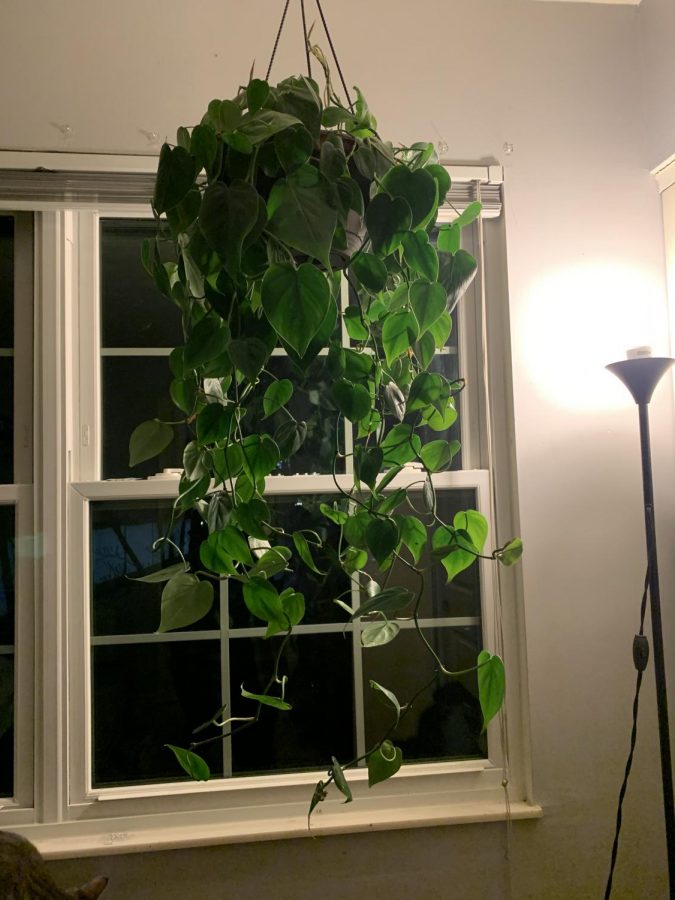Something new from something old
Tips for growing plants
PHILODENDRON. A simple house plant with serious repercussions. Philodendrons are hanging plants, they have a similar growth pattern to ivy, meaning they grow extremely long and have a tendency to travel. On the bright side, the cuttings of this plant can be used to grow new plants.
Philodendron. A simple house plant with serious repercussions. Philodendrons are hanging plants, they have a similar growth pattern to ivy, meaning they grow extremely long and have a tendency to travel. The issue here lies in the fact that these plants are extremely toxic to humans and pets. “Eating [philodendrons] can cause burning and swelling of the lips, tongue, and throat; vomiting and diarrhea” according to Better Homes and Gardens. For me, this was an issue. My cat thought this plant was a toy.
I only had one option, to cut my plant. I didn’t want to just waste my plant and throw it away, so I decided to use the cuttings to create new plants. Planet Natural Research Center said, “Propagating plants is an inexpensive and easy way to get new plants from plants you already have.” This was the perfect solution to my problem.
After doing some research on how to propagate my plant, I realized it was fairly simple. All that really needed to be done was to take a cutting and put it in water. No, it is not that simple, but that is generally what happens. You have to find a node on your plant and cut slightly below at a 45-degree angle in order to get the best growing results from your cutting. I took eight cuttings from my plant. I got a clear glass for each, cleaned them out and filled them with water and liquid fertilizer mixture. I took each of my cuttings and placed them in the glass and then let them be.
After one week of propagating your philodendron, you should have sprouted small roots. After about 1-2 months you should be able to remove your cuttings from the water and plant them in the dirt.
I am only at the stage where my cuttings are taking root, but soon I will be able to have something new from something old.
Your donation will support the student journalists of Sycamore High School. Your contribution will allow us to purchase equipment and cover our annual website hosting costs.









